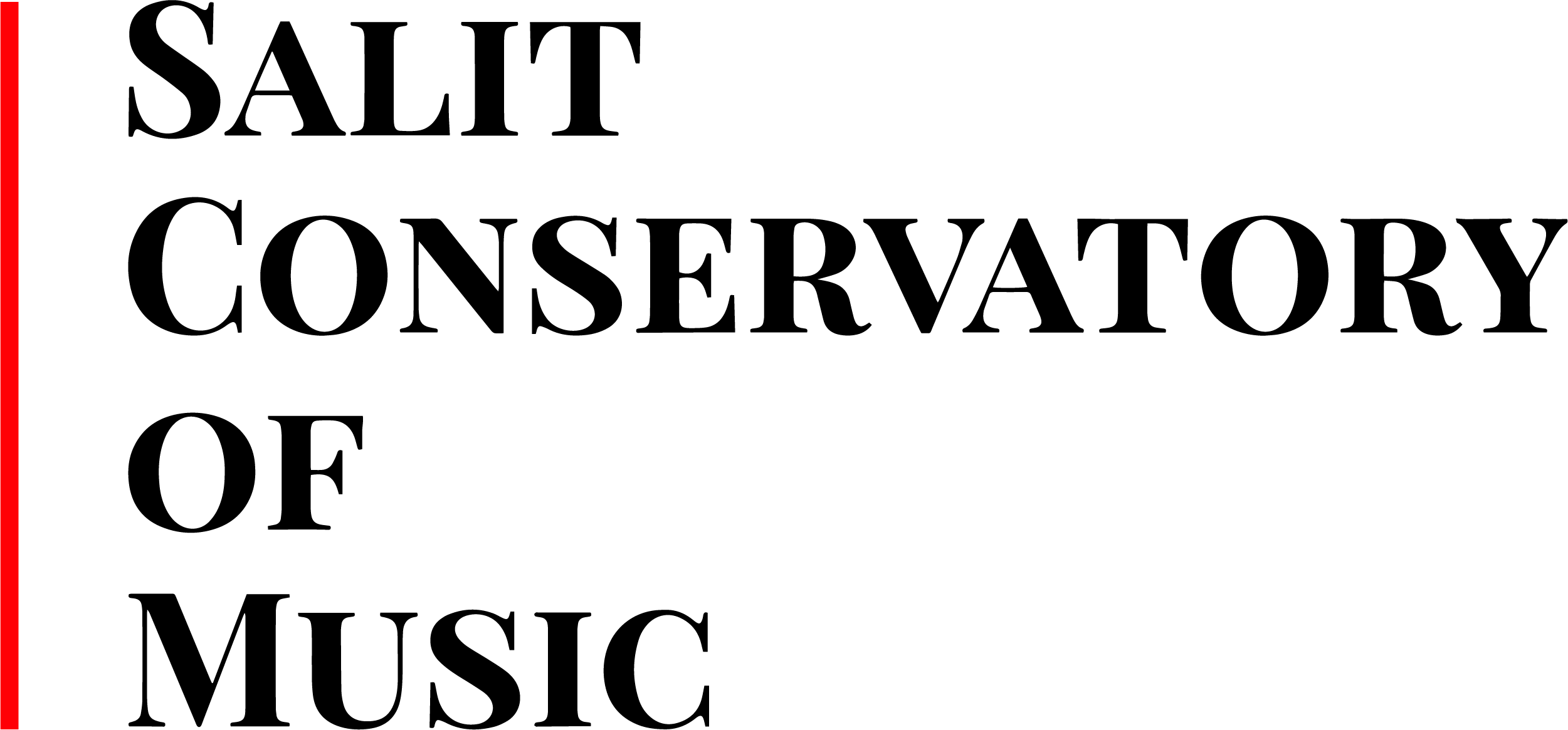Angeles Youth Chamber Orchestra

Leadership Team:
- Artistic Director: Rufus Choi
- Executive Director: Ruth Choi
- Music Director: Mahlon Berv
Welcome Message:
Greetings Angeles Youth Orchestra! A community sharing the joy of music to master the fundamentals of ensemble performance.
Spring 2024 Performance Repertoire:
- Camille Saint-Saëns: Carnival of the Animals
- Edward Elgar: Enigma Variations (Nimrod)
- If time allows, Selections from esteemed classical composers.
Focus Areas:
Our journey this season will encompass a broad spectrum of musical dimensions including,
- Ensemble Balance and Tuning
- Rhythmic Synchronization and Tempo Control
- Dynamic Variation and Articulation
- Bowing Techniques and Phrasing
- Expressive Musicality and Interpretation
- Historical Context and Analytical Understanding
- Ear Training and Listening Skills
- Performance Etiquette
Rehearsal Guidelines:
- Attendance: Each semester, members are allowed up to two excused absences. Please note that absences are not permitted during dress rehearsals or performances.
- Punctuality: Timeliness is crucial. Arriving early is on time, and arriving on time is considered late. Be seated and prepared to start at the beginning of each rehearsal.
- Preparation: Regularly check your email for updates and inform us if you anticipate being late or absent due to illness.
- Rehearsal Essentials: Please bring the following to every rehearsal:
- A pencil for annotating your scores.
- Your music scores, even if you share a stand, to ensure individual practice and preparation.
- A refillable water bottle to stay hydrated.
Musical Terminology:
Familiarize yourself with concepts such as Articulation, Cue, Downbeat, Dynamics, Ictus, Meter, Tempo, and Upbeat, as these will be integral to our rehearsals and performances.
Concert Attire and Essentials:
- Dress Code: All performers are required to wear formal black attire, including long pants, skirts, or dresses, and ¾ sleeve tops. Open-toed shoes are not permitted.
- Concert Preparation: Bring your instrument, spare reeds, rosin, strings, and, for cellists and bassists, an end-pin stop. Ensure you have your music, even if you typically share with a stand partner.
- Audience: Encourage family and friends to arrive early to secure parking and seating. Late arrivals will be seated during appropriate breaks in the performance.
By adhering to these guidelines, we will foster a disciplined yet nurturing environment that is conducive to artistic growth and excellence. We look forward to a season filled with learning, development, and outstanding musical performances.
Terms:
Based on Steinberg’s LA Youth Orchestra Handbook
Articulation refers to the technique musicians use to initiate a note, playing a significant role in rehearsal. Familiar articulation styles include staccato (brief), legato (fluid), and accents, among others.
A cue is the gesture a conductor makes, often with their left hand, to signal a musician’s entry point in the piece.
The downbeat, a critical cue from the conductor involving a downward baton movement, signifies the start of a new music measure, requiring practice for precise follow-up by the musicians.
Dynamics concern the volume variations in a piece, contributing to its excitement through changing intensities. This can involve sections playing at different volumes to add depth to the music. Terms like forte (loud), piano (soft), mezzo (moderate), crescendo (increasing volume), and decrescendo (decreasing volume) are commonly used to describe dynamics in Italian.
The ictus is the moment in a conductor’s gesture where the baton rebounds as if off an unseen surface, marking the precise commencement of a beat, such as the upbeat or downbeat, with its position varying with the piece’s meter.
Meter indicates the number of beats per bar, established at a composition’s outset or when it changes. The conductor might adjust the apparent beat count based on tempo, guiding musicians with instructions like conducting a section in two beats per measure.
Tempo defines the music’s speed, set by the conductor’s beat rate. Terms for tempo in Italian include allegro (quick), adagio (slow), andante (moderate pace), presto (very quick), and largo (very slow).
The upbeat is the bar’s last beat, where the conductor’s baton moves upward, signaling the transition to the next measure.

